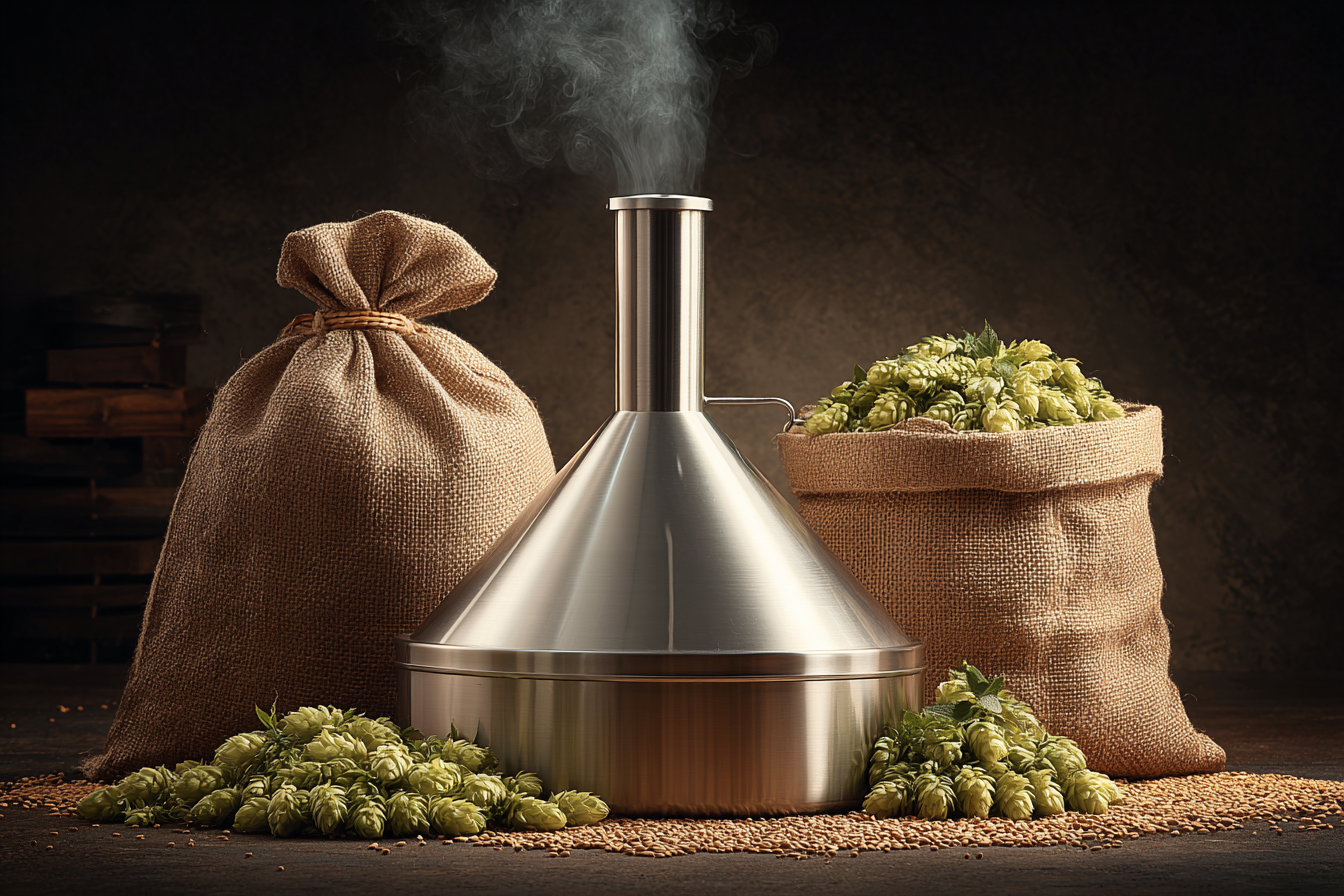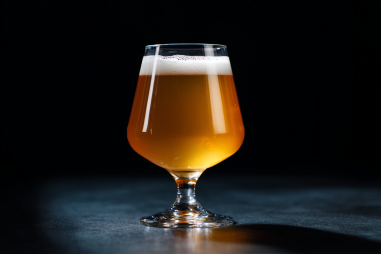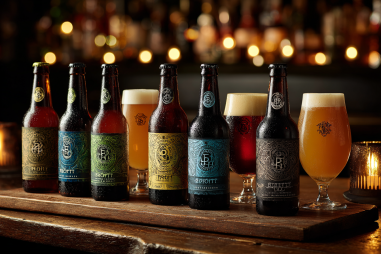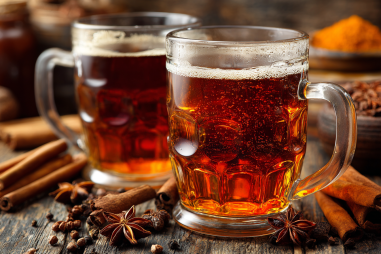Stouts are a broad category of dark ales, beloved for their rich flavors and often velvety textures. Among these, pastry stouts and milk stouts have carved out distinct niches, particularly appreciated by craft brewers and adventurous beer drinkers. While both styles can share a creamy sweetness, the approach to brewing pastry stouts goes beyond simply adding lactose to milk stouts — it’s an art that incorporates dessert-inspired flavors, tailored ingredient profiles, and nuanced brewing methods. If you’re curious about what sets pastry stouts apart and how expert brewers achieve their luscious complexity, this deep dive into brewing techniques will shed plenty of light.
Understanding Stout Styles: A Quick Overview
Before delving into the distinctions between pastry and milk stouts, it’s helpful to grasp the diversity within the stout family. Classic stouts are known for their roasted malt character, which often brings coffee, chocolate, and caramel notes to the forefront. Variants include dry stouts, oatmeal stouts, milk stouts, imperial stouts, and, more recently, pastry stouts — each emphasizing different flavor profiles or sensory experiences.
Milk stouts, traditionally sweetened with lactose (a milk sugar that yeast cannot ferment), enjoy a creamy mouthfeel and noticeable sweetness. Pastry stouts, on the other hand, draw inspiration directly from desserts, frequently mimicking flavors like vanilla, chocolate fudge, caramel, or even fruit pies. This dessert beer category pushes boundaries with more advanced flavor layering and texture manipulation.
Core Differences in Brewing Pastry vs Milk Stouts
At first glance, pastry stouts and milk stouts might seem similar because both use lactose for sweetness and creaminess. However, the brewing techniques that define pastry stouts diverge significantly from the standard milk stout approach:
- Flavor Complexity: Milk stouts emphasize a smooth, sweet balance mainly from lactose and mild malt roast. Pastry stouts incorporate additional adjuncts and flavorings to replicate dessert-like profiles.
- Adjunct Usage: Pastry stouts often include a wider range of adjuncts such as vanilla beans, cocoa nibs, spices, nuts, or fruit additions aligned with typical dessert ingredients.
- Brewing Timing: Brewing pastry stouts requires careful timing of when to add ingredients like lactose and flavorings to maximize aroma and sweetness without overpowering the base beer.
- Texture Focus: While milk stouts are known for their smooth texture, pastry stouts may emphasize mouthfeel and weightiness through special malts and adjuncts for a fuller “dessert-like” experience.
Essentially, pastry stouts are about crafting an immersive dessert-inspired profile through a more intricate brewing process and diverse ingredients, whereas milk stouts typically keep it simple and sweet.
Methods for Incorporating Lactose and Dessert Flavors
Lactose remains a cornerstone for both styles, but pastry stout brewers are more experimental in how and when they add it. Lactose is usually added during the last 10-15 minutes of the boil to ensure full dissolution and sterilization. However, pastry stout brewers sometimes split the lactose addition, putting some in the boil and some in the fermenter (post-primary fermentation) to help preserve sweetness without stressing yeast activity.
For other dessert flavors, there are multiple methods depending on the ingredient:
- Vanilla: Added typically during secondary fermentation, whole vanilla beans or vanilla extract infuse aromatic notes without bitterness.
- Cocoa Nibs: Introduced during secondary or dry hopping phases, cocoa nibs deliver rich chocolate complexity and texture.
- Spices (e.g., cinnamon, nutmeg): Often steeped in hot water or alcohol to create tinctures poured into the fermenter, these flavors can simulate apple pie or pumpkin spice elements without harsh spice burn.
- Fruit Purees or Extracts: Added carefully near fermentation completion to retain fresh fruity character without fermenting out all sugars.
Brewers of pastry stouts treat these adjuncts like ingredients in a gourmet dish, carefully balancing quantity and timing to achieve a harmonious flavor profile.
Timing and Process Adjustments to Enhance Sweetness
The art of achieving the right sweetness in pastry stouts is subtle but crucial. Brewers often adjust mash schedules and fermentation techniques accordingly:
- Mash Temperature: Higher mash temperatures (around 154–158°F) encourage the creation of more unfermentable dextrins, contributing to a fuller body and residual sweetness.
- Fermentation Control: Maintaining moderate fermentation temperatures helps protect delicate flavor compounds, while lager-like cold conditioning after primary fermentation can smooth out harsh edges.
- Post-Fermentation Additions: Adding lactose or flavor adjuncts after primary fermentation prevents yeast from consuming all residual sugars, preserving that sweet, dessert-like finish.
- Carbonation Levels: Keeping carbonation moderate prevents the beer from feeling overly sharp or dry, lending to a creamy mouthfeel.
These nuanced adjustments help pastry stout brewers maximize the luscious sweetness and smooth textures that set their beers apart.
Ingredient Selection Impacting Texture and Flavor
The choice of ingredients plays one of the biggest roles in defining a pastry stout. Beyond the traditional ingredients of malt, hops, yeast, and water, pastry stout brewers add layers of sensory complexity by selecting from a palette of specialty grains and adjuncts:
- Specialty Malts: Chocolate malt, black patent malt, and roasted barley create the foundational roasted and chocolate notes. Some brewers add caramel or crystal malts for sweetness and smoothness.
- Oats and Flaked Barley: These contribute to mouthfeel and body, enhancing the creamy, luscious texture expected in a dessert-style stout.
- Lactose: The hallmark “milk sugar” adds undeniable sweetness and body, integral to both milk and pastry stouts.
- Natural Flavorings: Vanilla beans, cocoa nibs, coffee, spices, nuts, and fruit offerings selected to evoke pastry elements like vanilla custard, chocolate cake, or berry tarts.
Each ingredient must be carefully sourced and dosed. Overdoing adjuncts can overwhelm the base beer and create imbalanced or cloying flavors, while subtlety allows the complexity of a pastry stout to shine through.
Brewer Tips for Crafting Balanced Pastry Stouts
For brewers aiming to perfect pastry stout recipes, several best practices can help create balanced, lush beers that don’t overwhelm:
- Start with a Solid Base: Establish a robust stout backbone with well-roasted yet smooth malts before layering dessert flavors.
- Use Adjuncts Sparingly: Begin with smaller amounts of spices or flavorings and adjust in subsequent batches to avoid overpowering subtleties.
- Split Flavor Additions: Experiment with adding some adjuncts in the fermenter and some post-fermentation to find the right aroma and taste balance.
- Control Fermentation Temperature: Keeping consistent, moderate temperatures preserves flavor nuance and reduces off-flavors.
- Sample Throughout the Process: Frequent taste tests during fermentation and conditioning help identify when flavor development is optimal.
- Play with Sweetness: Use mash temperature variations and control lactose additions to dial in the perfect residual sweetness.
Crafting a pastry stout is about precision and creativity, marrying the art of brewing with the joy of dessert flavors.
Innovations Shaping the Future of Pastry Stout Brewing
The pastry stout category continues to evolve as brewers experiment with new ingredients and techniques. From barrel-aging in bourbon or rum barrels to incorporating exotic spices and rare cacao varieties, innovation pushes the boundaries of this style.
Moreover, advances in yeast strains and fermentation control allow brewers to better preserve delicate flavors and modulate sweetness. Creative use of adjunct timing—and exploring more natural, fresh ingredients like seasonal fruits—adds vibrancy and new layers of complexity.
The result is a growing array of pastry stouts that captivate drinkers with unique profiles that can range from creamy and sophisticated to boldly inventive. This continued innovation promises pastry stouts will remain one of the most exciting and indulgent styles in craft brewing for years to come.







